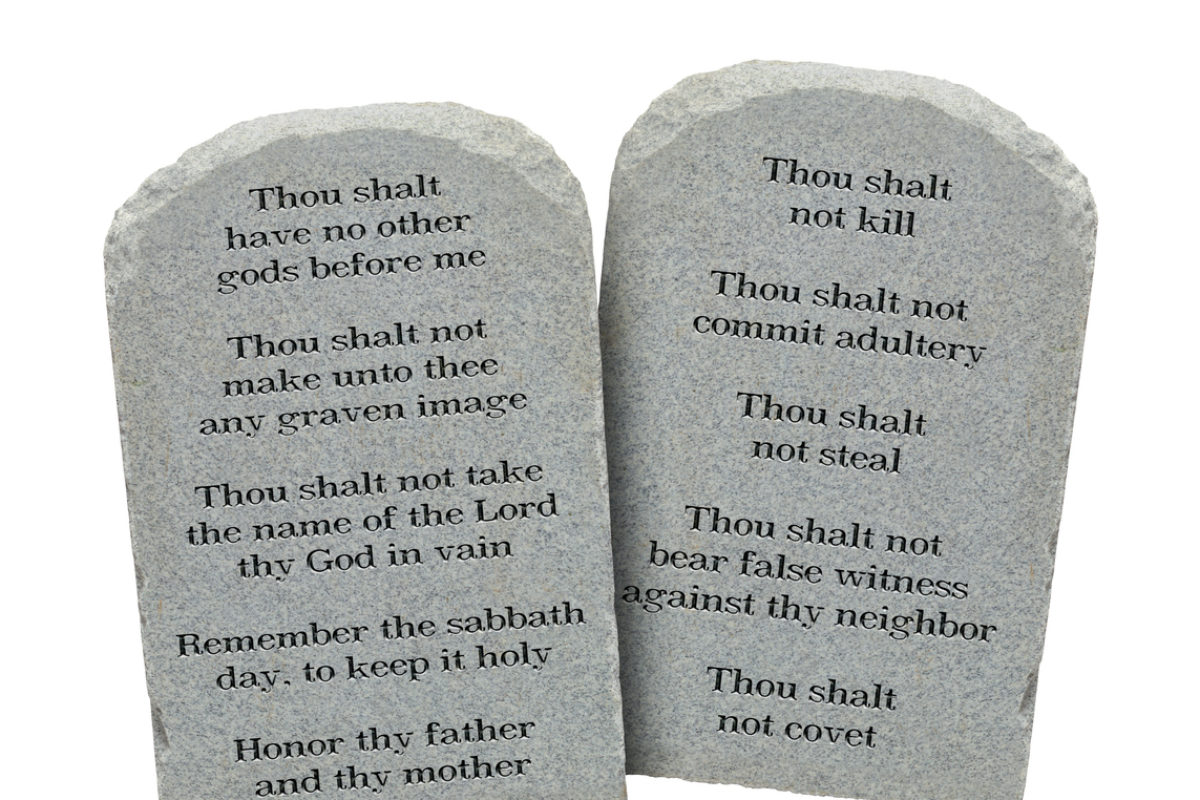
For this we will take the typical case of Ebla in Syria. The picture of ruin and chaos and broken down government best fits the environment of the era.Īt this stage, before we indulge in the exploration of causes and reasons, it will be helpful to illustrate the Early Bronze Age downfall with a classic case. Neither do we see Steles celebrating the unification of two disparate kingdoms. Whether of Libyan, Nubian, Hyskos, Hittite or Persian origin we see nothing. There are no Pharaohs building monuments to victory in this era.

This seems to cast doubt on the oft summoned explanation of war and invasion as the major cause of upheaval.

Further, there is no talk of battles and warfare only of foreigners in the land. In balance therefore, these Papyri and monuments deepen the proof of a catastrophic famine, starvation, dislocation, severe breakdown of government and Plague. We can imagine why a Pharaoh boasting of victories on a Stele might exaggerate or propoganderise but less likely a private scribe depicting tragic events. These scholars were indeed far displaced from the time the historical events occurred and doubtless corrupted the events with the biases of the time. Are modern Archaeologists so imbued with cynicism that every statement must have symbolic, mythological or hypothetical meanings? I suspect we should reserve our criticism of text to translations that are handed down, often many handed, from the original source and to these we can quite comfortably place Manetho, Josephus, Africanus, Eratosthenes and Apollodorus from whom we rely on our present day Egyptian King lists. In fact it ties in with evidence of drought, death and depopulation noted in Archaeological excavations and scientific methodologies. To me this seems straight statement of fact and any other Papyrus does certainly not parallel the pessimism of the document. The nomes are laid waste, a foreign tribe has entered the land”, ” Forsooth, gates columns and walls are consumed”, “Forsooth great and small say I wish I might die”. Upper Egypt has become dry”, Forsooth, the desert is throughout the land. “Plague is throughout the land”, that is our water! That is our happiness! What shall we do in respect thereof? All is in ruin “, the towns are destroyed. Is it literal or is it a parallel to Dante’s Inferno?ĬATASTROPHE AND THE EGYPTIANS IN THE EARLY BRONZE AGE The Papyrus Ipuwer, generally dated to around the demise of the Early Bronze certainly is potentially rich in describing a shocking scenario. I find it hard to put myself in the shoes of a Victorian let alone a Hittite from 4000 years ago, so I think many texts could be taken at face value in preference to theory laden interpretations that seem often to change with fashion.

The passage under critique stated, “all of Upper Egypt is in famine and the land is like a starved grasshopper”.A number of other Archaeologists do not support this traditional viewpoint which often ascribes the slide of the Old Kingdom to rivalry over the Pharaoh’s succession. “I would take the hieroglyphics with a pinch of salt, typical Egyptian Rhetoric bound to exaggeration”. Thus we hear most scholars claiming the Egyptians exaggerated everything.Ĭommenting on the literal Translation of the Anktifi monument in Southern Egypt Dr Gallballi of the Egyptian Supreme council of Antiquities said, (Psalms 105:33) Quite apart from the modern skepticism regarding God or Gods, it stretches modern credibility to accept the literal rendering of the words. For instance “and their remained not a green thing in the trees, or in the herbs of the fields through all the land of Egypt he smote their fig trees and broke all the trees of their coasts”. The Israeli Archaeologist, Ze’ev Herzog, throws his hands up in despair and claims the Israelis did not even come from Egypt and that the earlier story of the Patriarchs is a mere tale.Īpart from dating the events of the early Bible its literal translation has been highly criticized. Many modern sources site the Exodus as around the time of the 21st Dynasty (1200B.C.) whilst not a few revisionists place it at the demise of the Early Bronze.

The dating of these texts is the first problem. The veracity of such classic sources such as the Bible, the Papyrus Ipuwer, the Israele Stele, Manetho, Heroditus, Homer, and The Rig Veda is highly controversial to say the least. We have collected a lot of evidence from both traditional Archaeologists and geophysical scientists that a major event did occur at the end of the early Bronze Age but so far we have neglected written records and monuments. Comments by Ze’ev Herzog, Dr Gallballi, hieroglyphics, Exodus. The evidence from ancient documents and stelae Anktifi monument, Papyrus Ipuwer, the Israele Stele, Manetho, Heroditus, Homer, the Bible, the Rig Veda, Manetho, Josephus, Africanus, Eratosthenes and Apollodorus.


 0 kommentar(er)
0 kommentar(er)
